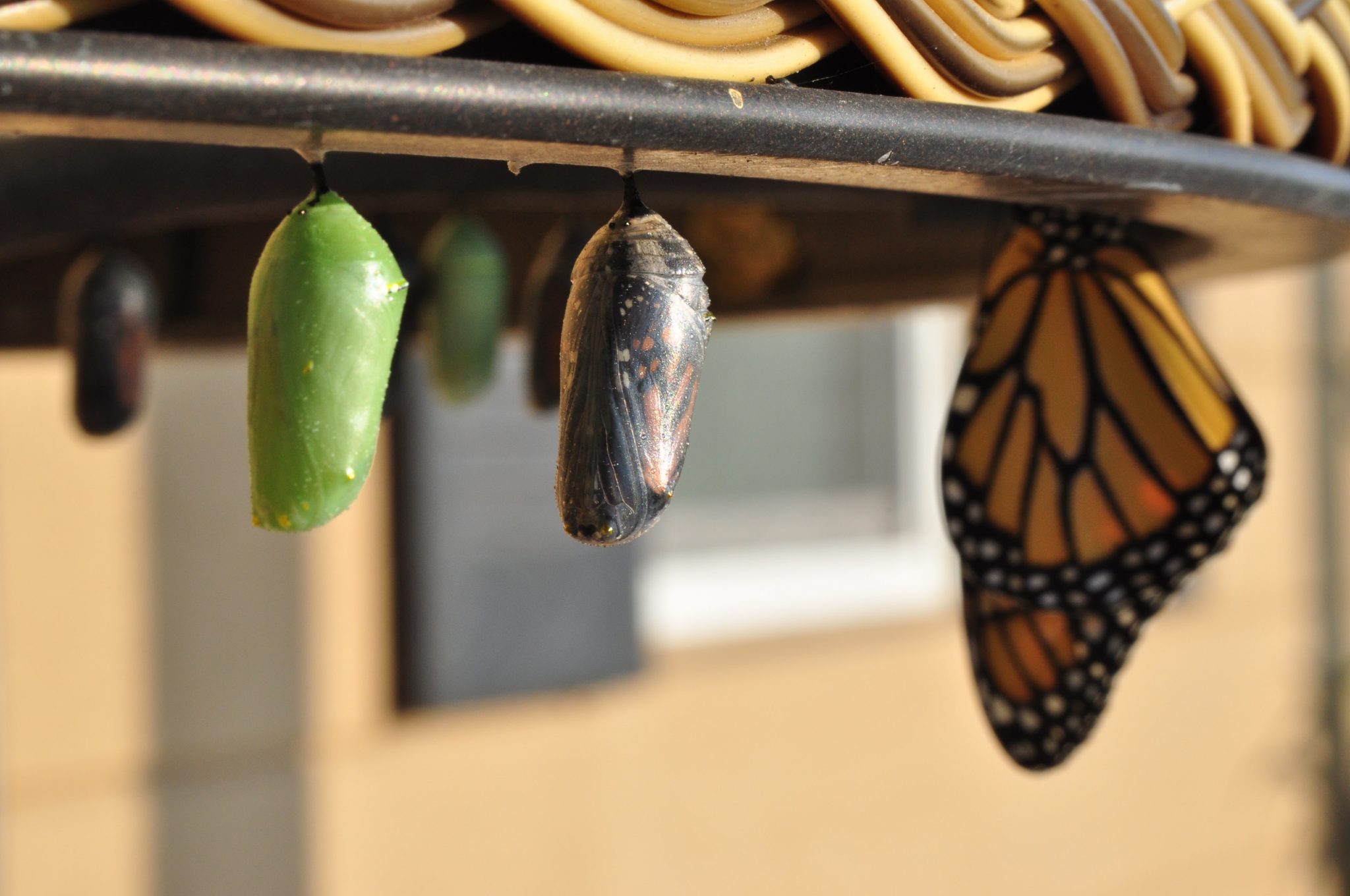COMING SOON!
Watch the Exhibit come to life

Grade K – 2

Lesson 1
Speak Up Animated Read Aloud Listen/watch this video about the importance of speaking up to help others. The read aloud stops at 4 minutes, and the video continues with a short lesson afterwards. Before reading, ask the children, what does it mean to speak up for someone? As children listen to the book, have them use their voices to say, speak up on each page. Why is speaking up important? In small groups of 2 or 3, have the children talk about a time when they spoke up for someone, or a time they didn’t and wish they had done so. You have a voice, so speak up. What does this mean? How will you practice doing this?

Lesson 2
Homeless – After the war, many Jewish survivors, including children, no longer had homes. What do you think this was like? Where would families find food and shelter? Teacher can explain, if needed, that being homeless means that one does not have a place to call home. It might be for a day or two or for many weeks or months. Talk about how difficult it is. Help students understand that being homeless doesn’t mean that someone has done something wrong. What would be the hardest part of not having a home? What can the children do to help another child who is homeless? Make a list and follow-up on one or more of their ideas.

Lesson 3
Acts of Kindness – What does it mean to be kind? Make a list of actions that show kindness. These might include: picking up a lunch that someone dropped, getting a bandaid for a scraped knee, putting an arm around someone who is sad. Why is it important to be kind to others? With a partner, children perform an act of kindness in silence. Classmates guess what kindness the partners are showing. Have the class talk about how they practice kindness towards others every day at school and at home.

Lesson 4
What will you choose? Sometimes we stay silent when something happens that we know is wrong or unfair or when someone is hurt. What would you do if:
- someone fell off their bike and scraped their knees?
- you told a lie and someone else got in trouble?
- a new student joined your class and had no one to sit with at lunch or play with during recess?
- you saw a classmate push someone to the ground?
- someone in your class or neighborhood was sick and in the hospital?
Back at school, children can draw and color pictures about helping others.
Grade 3 – 5

Lesson 1
Telling the Truth – Jewish survivors often remained silent about their experiences for decades. Why do you think they did this? What does it mean to experience trauma? Discuss. Silence didn’t make the trauma go away, and survivors sometimes opened up to their grandchildren. Auschwitz survivor and great-grandson teach TikTok about realities of Holocaust Watch the first 3 minutes, 13 seconds of this video. With a partner or in small groups talk about what you learned. Who is Lily Ebert? Why is it important to know the truth about the Holocaust? How can you stand with others and tell the truth about religious and racial discrimination?

Lesson 2
From Suffering to Success Henry Orenstein Using the link, read the first paragraph about Henry’s life. He survived the war in a German labor camp because he was good at math. What did you learn about him? Why is it important to know about his life? Are you familiar with Transformer toys? What would we lose if Henry had not survived a labor camp in Germany during the war? Talk with a partner or in small groups about ways you can include others and find out about the talents of your classmates. How can you celebrate this in your school or neighborhood?

Lesson 3
Tikkun Olam, repairing the broken world by acts of lovingkindness. Human beings must play an active role in the healing of the world. In small groups, talk about what this means and what it looks like in your lives today. How can you improve the world, especially for those whose religious practices are different from yours? Outline an action plan to volunteer in your community through your school, church, or synagogue, or in homeless shelters,or food banks. Why is this important? Share as a class.

Lesson 4
Upstanders – Every person has a role to play and a decision to make. In the face of injustice, what will you choose? Find out as a class the meaning of the following words: perpetrator, collaborator, bystander, and upstander, especially as it relates to what you’ve learned in the Garden of Hope. With a partner or in small groups, use your body to create a pose that demonstrates what each of these looks like. When you return to school, write a poem or create a collage that demonstrates your understanding of these words. Share on a bulletin board or social media with guidance from your teacher.
Grade 6 – 8

Lesson 1
As you’ve learned, the State of Israel became a reality in 1948. Holocaust survivors were free to return to their ancient homeland after 2,000 years in exile. Although Israel remembers the Holocaust, the Holocaust has not limited its future. What does this mean? Why is it important? HaTikvah – The Hope National Anthem of Israel Use this link and listen to this song. Think specifically about the feelings it evokes and why this is important to the Jewish people. Take note of the lyrics that impact you the most. (This is a song of heart and hope, a sense of belonging resonating over many years). Use your phone to write and reflect on this important history. What lessons can we learn to stop the rise of antisemitism today?

Lesson 2
What Happened at the Nuremberg Trials? In 1945-1946 Nazi war criminals were forced to accout for their depraved actions during World War II. Watch this short video with a partner. Discuss or write about the following questions:
- Did the trials provide justice for the atrocities against the Jewish people? Cite evidence from the film to support your response.
- Why is it important to understand history, especially about the Holocaust?
- Use your phones to find written information about the Nuremberg trials. What did you learn? Why is justice for crimes against humanity important?

Lesson 3
Silence:
- Decades after the war, the German public recognized crimes had been committed against Jews; a veil of silence divided generations of family members, as some were unwilling to confront their personal involvement. For the truth to be uncovered, this silence needed to be broken. What does this mean?
- “If we held a moment of silence for every victim of the Holcaust, we would be silent for eleven and a half years. ~Stand With Us How does this quotation impact you? Why?
What is the difference between a veil of silence and a moment of silence? Which one will you choose? Write or discuss with a partner or small group.

Lesson 4
M.C. Escher The trippy, far out artist who refused to support the Nazis Read the first eleven paragraphs about this important 20th century artist. Pause on pictures of his art work. How was Escher a man of principle? Why was his stand against the Nazis important? What price did he have to pay as a result of his choice? What would you be willing to do to take a stand against antisemitism, racism, and hate? What do we lose if we remain silent? Write or discuss with a partner/small group.
Grade 9 – 12

Lesson 1
Antisemitism Today – The word antisemitism means prejudice against or hatred of Jews. The Holocaust is history’s most extreme example of antisemitism. Using the link, watch the video. What will you choose in the face of injustice? Make a list of what you learned from the video. Why is antisemitism on the rise across the globe? What does it mean to marginalize the other resulting in violence? Why is antisemitism a threat to liberal society? What will you do to thwart antisemitism and speak out against it? Take a few minutes to write in response to one or more of these questions. Discuss with a partner or in small groups. To learn more, visit the United States Holocaust Memorial Museum online at www.ushmm.org

Lesson 2
Eva Deutsch Costabel Artist – Eva Deutsch Costabel Interview (video) and A Survivor’s Story (article) Watch the video and read the article that includes examples of her art. Who helped Eva survive the Holocaust? What would you have done? Why did she agree to see German family members who came to apologize? Why was this important? What do you notice about her art? Look closely at the brightly colored paintings and drawings. What does the world lose through hatred of others? Write a poem or short essay in response to the video or one of her art pieces. Share with a partner.

Lesson 3
Successful Lives – Three Brothers Houston Bakery Obituary and Photos-Sigmund Jucker Read about Mr. Jucker and his brothers. They lived through terrible suffering during the Holocaust. How did he and his brothers survive the concentration camps? Why did he and his brothers leave Europe and come to Houston? Who helped them? Three Brothers Bakery has three locations in the city and is still run by family members. What does the world lose in the face of hatred? What would you have done to help the Jucker family? Can you find out more about their story? Discuss and if possible, make a plan to visit one of the bakeries.

Lesson 4
Albert Einstein – Quote The world is a dangerous place, not because of those who do evil, but because of those who look on and do nothing. Read and write about what this means to you. Why is it important, especially now, to take action on behalf of others? What do we risk by remaining silent?